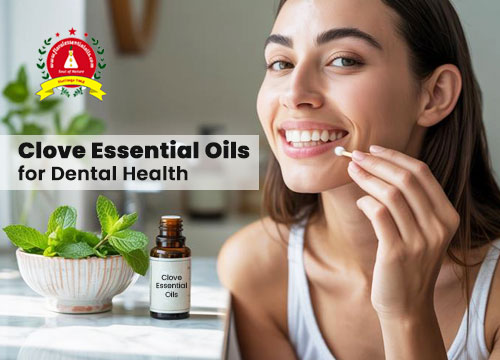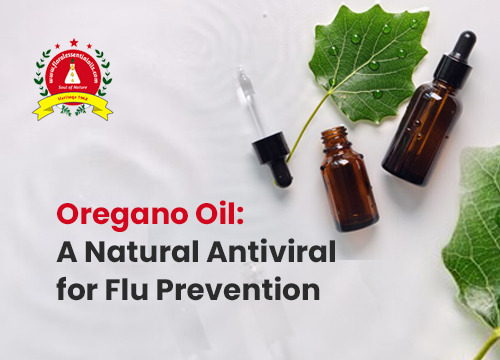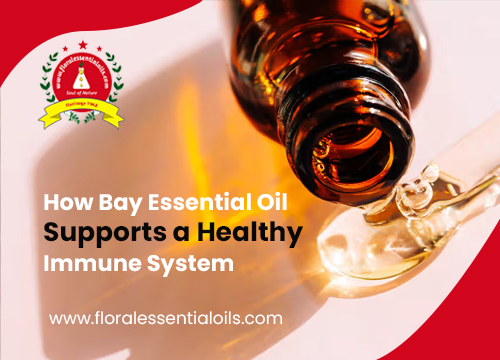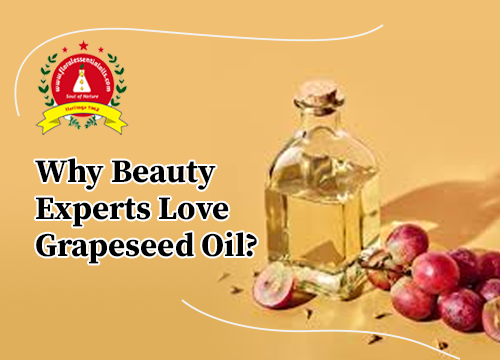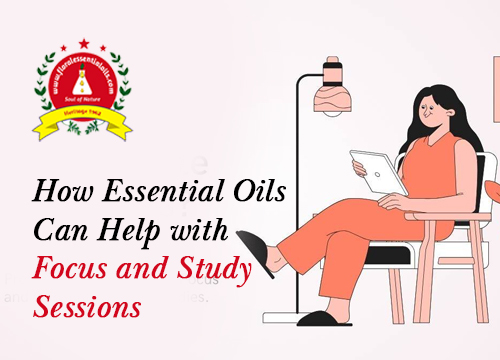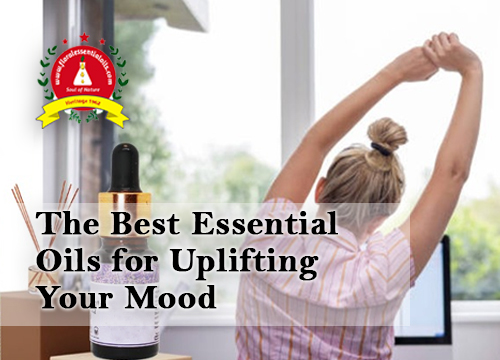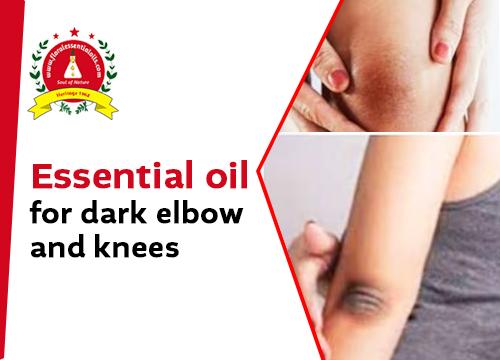Managing stress, anxiety, and mood swings has become an essential aspect of modern living. While medications and therapies often play a significant role, many people are turning to natural remedies like essential oils for emotional support. Extracted from plants, these oils possess therapeutic properties that can help calm the mind, uplift the mood, and reduce anxiety levels.
This blog explores some of the most effective essential oils for stress, anxiety, and mood swings, along with tips on how to use them for optimal results.
How Essential Oils Work for Emotional Health
Essential oils influence emotional well-being through their interaction with the limbic system, a part of the brain responsible for regulating emotions and memory. When inhaled, the aromatic molecules of essential oils travel through the olfactory nerves to the brain, triggering chemical responses that can alleviate stress, improve mood, and reduce feelings of anxiety.
Additionally, applying essential oils topically allows their active compounds to be absorbed into the bloodstream, further enhancing their therapeutic effects.
Top Essential Oils for Stress Relief
Lavender Oil
Lavender is a powerhouse when it comes to relaxation and stress relief. Its soothing floral scent has been shown to lower cortisol levels, the hormone responsible for stress.
Benefits: Reduces nervous tension, promotes better sleep, and alleviates mild anxiety.
How to Use: Add a few drops to a diffuser, mix it with a carrier oil for a relaxing massage, or sprinkle it on your pillow for a calming night’s sleep.
Bergamot Oil
With its refreshing citrus aroma, bergamot oil is known for its mood-lifting properties. Studies suggest it can help reduce stress by improving overall emotional balance.
Benefits: Combats feelings of sadness, eases stress, and promotes a sense of well-being.
How to Use: Dilute with a carrier oil and apply it to pulse points or diffuse it during meditation or yoga sessions.
Chamomile Oil
Roman chamomile oil is famous for its calming effects. Its gentle fragrance helps reduce irritability and promotes inner peace.
Benefits: Eases stress, soothes irritability, and aids in achieving emotional balance.
How to Use: Add it to a warm bath or blend it with a carrier oil for a soothing massage.
Essential Oils to Combat Anxiety
Ylang-Ylang Oil
Derived from the flowers of the Cananga tree, ylang-ylang oil has a sweet, floral scent that calms the nervous system. It is particularly effective in reducing symptoms of anxiety.
Benefits: Lowers blood pressure, slows a racing heart, and alleviates anxiety.
How to Use: Inhale directly from the bottle or mix it with a carrier oil and apply it to your wrists and neck.
Frankincense Oil
Frankincense has been used for centuries for spiritual and emotional grounding. Its rich, woody aroma helps clear the mind and instill a sense of peace.
Benefits: Reduces feelings of anxiety, promotes deep breathing, and supports emotional stability.
How to Use: Diffuse during meditation or apply to the soles of your feet before bedtime.
Clary Sage Oil
Known for its euphoric properties, clary sage is a powerful oil for relieving anxiety and calming the mind.
Benefits: Reduces cortisol levels, promotes relaxation, and improves emotional well-being.
How to Use: Add a few drops to a steam inhalation bowl or diffuse it in your living space.
Essential Oils for Managing Mood Swings
Rose Oil
The rich, floral aroma of rose oil is an excellent remedy for mood swings. It can uplift the spirit and ease feelings of despair.
Benefits: Balances hormones, enhances emotional well-being, and reduces feelings of frustration.
How to Use: Add to a warm bath or diffuse in the morning to set a positive tone for the day.
Peppermint Oil
Peppermint oil is invigorating and helps boost energy levels, making it perfect for combating feelings of lethargy and irritability associated with mood swings.
Benefits: Enhances focus, reduces irritability, and promotes mental clarity.
How to Use: Inhale directly for an instant pick-me-up or blend with a carrier oil and apply to the temples.
Geranium Oil
Geranium oil is a fantastic choice for hormonal mood swings, especially during PMS or menopause. Its balancing properties help stabilize emotions.
Benefits: Regulates hormones, reduces stress, and enhances mood.
How to Use: Use it in a diffuser or mix with a carrier oil and apply to the abdomen.
How to Use Essential Oils Safely
Aromatherapy Diffusers: Add 5-10 drops of your chosen oil to a diffuser to fill the room with calming scents.
- Topical Application: Dilute essential oils with carrier oils like coconut or jojoba oil before applying to the skin. A general rule is to use a 2-3% dilution (6-9 drops per ounce of carrier oil).
- Bath Soaks: Add a few drops to your bathwater for a relaxing soak. Mix the essential oil with Epsom salt to help it disperse evenly in water.
- Inhalation: Place a drop or two on a tissue and inhale deeply to experience immediate calming effects.
Scientific Evidence Supporting Essential Oils
Lavender Oil: A 2013 study published in Evidence-Based Complementary and Alternative Medicine found that lavender oil aromatherapy significantly reduced stress and anxiety in participants.
Bergamot Oil: A study in Frontiers in Pharmacology (2015) highlighted bergamot oil’s positive impact on mood disorders, including its ability to reduce cortisol levels.
Frankincense Oil: Research in Journal of Complementary and Alternative Medicine (2016) confirmed that frankincense supports relaxation and reduces anxiety-related symptoms.
Blends to Try for Stress and Anxiety
Relaxation Blend:
Uplifting Blend:
Hormonal Balance Blend:
Use these blends in diffusers, massage oils, or bath soaks to create a calming and uplifting environment.
Choosing High-Quality Essential Oils
To experience the full benefits of essential oils, it’s crucial to choose high-quality, pure products. Floral Essential Oils offers a wide range of 100% natural and ethically sourced essential oils to support your emotional well-being.
Conclusion
Essential oils are a powerful and natural way to manage stress, anxiety, and mood swings. From calming lavender to uplifting bergamot, these oils provide a holistic approach to emotional health. Whether you choose to diffuse them, apply them topically, or create personalized blends, incorporating essential oils into your daily routine can enhance your overall well-being.
Explore the premium collection at Floral Essential Oils and discover the perfect oils to support your emotional journey naturally.
